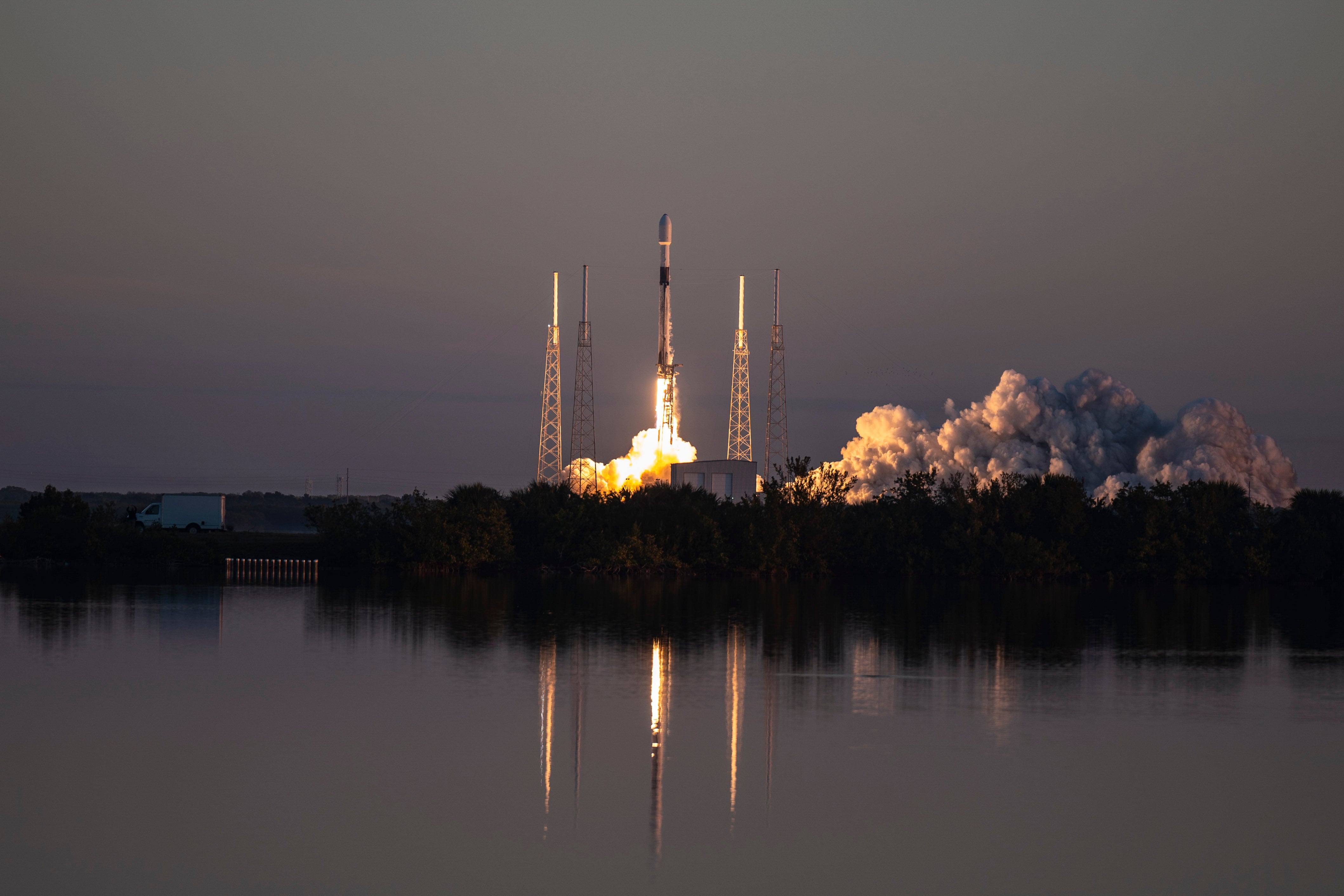When leaders first called for an independent Space Force, the need for mission consolidation stood as one of their most compelling arguments. Even the most casual observer recognized that 65 separate entities trying to execute the national security space mission in their respective stovepipes was a recipe for disaster.
Three years since the founding of the service, more work needs to be done to realize this focused vision. At the top of the list is the need to align the Space Force with its National Guard components. While the space enterprise may have separated from the Air Force in 2020, the guard space elements still reside in the Air National Guard. This risks chain of command issues and a host of other challenges that suboptimize realizing desired mission effects when they matter most.
In an environment where adversaries continue to pursue aggressive actions on orbit, we cannot afford to continue this misalignment. The 16 National Guard units across seven states and one territory executing space missions provide critical operational effects on a daily basis and a surge capacity for the active duty force. A leading example of this is in the military satellite communications mission. The California Air National Guard’s 148th Space Operations Squadron operates 50% of that satellite constellation day-to-day. In addition, they can operate the entire constellation when circumstances require. This provides the ability to maintain continuity of operations of these critical communications links on which U.S. and allied warfighters depend.
Air National Guard members also operate the only mobile, survivable missile warning platform and 60% of the Defense Department’s space electronic warfare capabilities. In addition, Air National Guardsmen bring a wealth of knowledge from their civilian positions, many in the space industry.
While the space capabilities and expertise the Air National Guard delivers are impressive, it is also important to recognize the current organizational chart is not empowering them with the clarity and alignment they require for mission success. Their mission is to support the Space Force and U.S. Space Command. However, they reside in the Air National Guard, which is aligned to the Air Force. The lines of authority simply don’t match. This would be like the Washington Nationals embedding some of their players in the Atlanta Braves but calling upon them to don a Nationals’ jersey on game days.
The good news is that members of Congress see this disconnect and want to fix it through the creation of a Space National Guard. Leading this effort are Sens. Dianne Feinstein, D-Calif., and Marco Rubio, R-Fla. Feinstein explained her motivations very clearly when she stated: “The National Guard’s space units serve under the Air Force, which no longer has responsibility for the space mission, they should serve under the Space Force with the rest of our space units and fix the organizational disconnect that is undermining their training, resourcing, and recruiting. Leaving the Guard’s space units under the Air Force is shortsighted and undermines our national security.”

Rubio added, “Creating a Space National Guard would boost our military readiness and increase efficiency. It would also ensure that the Space Force retains needed talent.”
This bipartisan view represents common sense, and it is troubling that the administration continues to oppose this necessary organizational adjustment.
Ironically, our adversaries understand the importance of alignment in their force structure. China aligned their cyberspace, space and electronic warfare capabilities under the People’s Liberation Army’s Strategic Support Force. They saw smart organization as a way to reduce U.S. and allied military effectiveness in the event of a confrontation. If our adversaries get it, we should, too.
Opponents of the Space Guard effort often cite added cost as a reason for opposing the move. A 2020 Congressional Budget Office report looked at two scenarios for creating a Space Guard, a small version and a larger version. The larger version would have a one-time cost of $500 million and could require an additional 5,800 Guardsmen. This estimate is based on the flawed assumption that establishing a Space National Guard would require the standup of new Guard units in every state and territory, which has never been the proposal.
Rather, the proposal has always been to move existing Air Guard units into the Space Force. The National Guard Bureau puts that one-time cost at about $250,000 to move 1,000 space professionals in 16 existing Air National Guard units across eight states and territories to a Space National Guard.
The threat demands we organize our national security space capabilities in a sensible fashion. Simply put, airmen should work for airmen and guardians should work for guardians. Today’s alignment does not support the tried-and-true military formula for developing an effective force. It is time to correct that with the passage of the Space National Guard Establishment Act.
Tim Ryan is the senior resident fellow for spacepower studies at Mitchell Institute for Aerospace Studies.
Have an opinion?
This article is an Op-Ed and as such, the opinions expressed are those of the author. If you would like to respond, or have an editorial of your own you would like to submit, please email us. Want more perspectives like this sent straight to you? Subscribe to get our Commentary & Opinion newsletter once a week.





